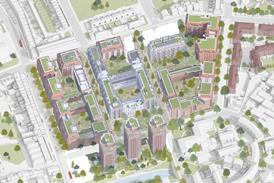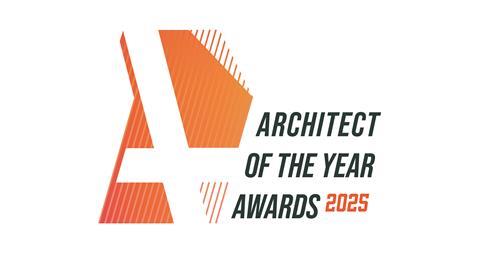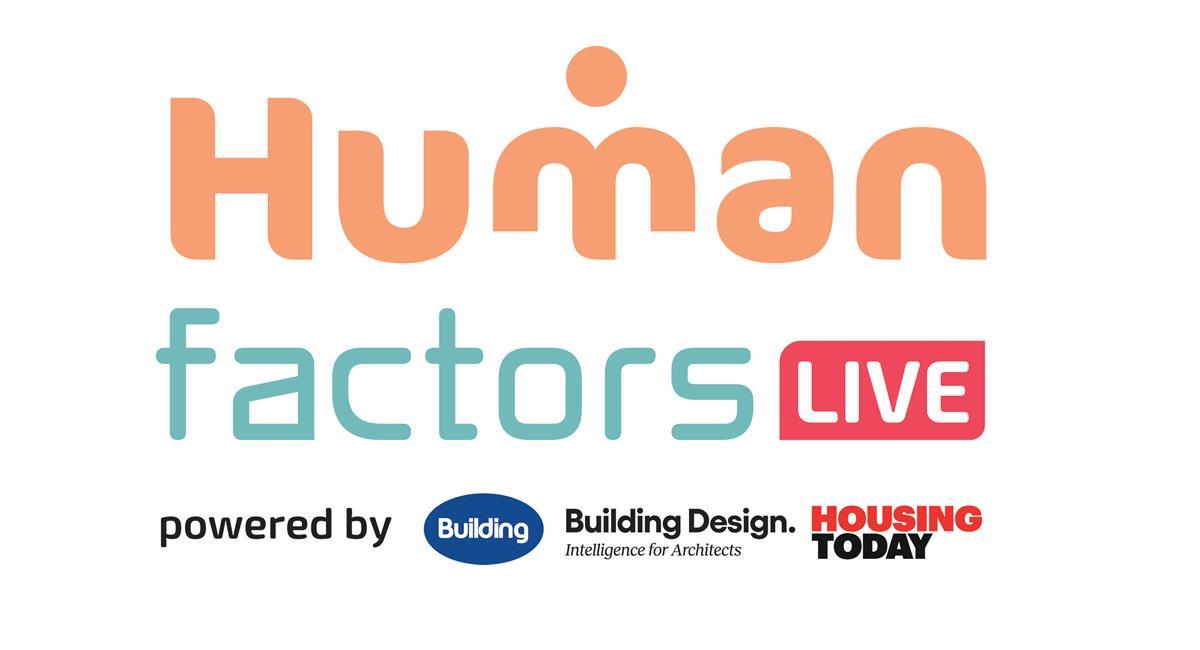Soaring subscription costs are becoming a structural threat to SME architects, with essential tools rising far beyond inflation and no viable alternatives in sight, Hien Nguyen writes

A recently viral LinkedIn post states that they were absolutely stunned when their NBS Chorus subscription renewal landed: a 31% increase year-on-year. Yes, 31%. And, to add insult to injury, they were told they were still on a “preferential legacy tariff”, which is apparently 30% lower than what a new customer would be charged.
If this is the discount rate, what hope is there for smaller practices trying to keep pace?
So, we checked our price. Between 2024 and 2025, we reduced from two licences to one, and saw a 66% increase per licence as a result.
The trend isn’t new. Chorus pricing has climbed steadily. Over the past five years, we have seen a 111% cumulative increase. Meanwhile, according to the RIBA’s 2024 Business Benchmarking Report, chartered practice profits fell by 2%.
This isn’t just a one-off gripe. It’s a symptom of a larger, more worrying trend: the spiralling cost of doing business for SME architectural practices, particularly in the UK. Software subscriptions are increasing year after year, often well above inflation, with little explanation, transparency, or value justification.
No real alternatives…
NBS Chorus has, in recent years, become the de facto specification tool for architectural practices in the UK. Its integration with platforms like Revit, and the increasing demands of Level 2/ISO 19650 workflows, make it almost indispensable for any practice working on public or commercial projects.
But therein lies the problem: there is effectively no viable alternative. Practices have little choice but to absorb the rising subscription costs.
Open-source or low-cost alternatives are either too immature, too disconnected from the supply chain, or simply not compliant with UK-specific standards and requirements.
Similarly, Autodesk’s software ecosystem, with Revit at its core, has followed a comparable trajectory. Subscription costs for Revit and associated tools have risen steadily, with some suppliers reporting over 70% cumulative increases over five years. Despite a vocal community of users highlighting frustrations with stagnation in core features and limited roadmap transparency, Autodesk’s dominant market position has allowed these pricing strategies to persist unchallenged.
The result is growing pressure on smaller practices. The flexibility that once defined small practice is being replaced by an ongoing struggle to meet rising overheads.
Many of these tools were adopted in the name of improving safety, quality and compliance. But, when the cost of compliance becomes unaffordable for all but the largest or most corporate practices, we have to ask: who gets to participate in shaping the built environment, and at what cost?
In an effort to understand the pricing structure, we contacted NBS directly. We asked why they do not offer monthly or project-based subscriptions. We asked why multi-year commitments do not come with discounts, as is common with Adobe, Autodesk and other platforms. And we asked why licensing decisions must be made 90 days in advance, when small practices often operate on unpredictable timelines.
This is not just a conversation about software pricing, it is a question of sustainability for architectural practice itself
Their response followed a familiar corporate line: “We review and adjust our prices annually to support ongoing investment… Our 2025 pricing structure reflects enhancements to our products and the value we offer.”
On the 90-day notice period, they replied: “This timeline is outlined in our terms and conditions and is standard. The price would not change closer to the renewal date.”
We asked: “If the price won’t change, why is the 90-day commitment necessary? For a small business, needs shift month to month. Committing this far in advance is more of a burden than a benefit.”
NBS said they would “feedback” our suggestion for a per-project licensing model. But the system as it stands is rigid.
Inflexible and increasingly expensive
The heart of the issue is this: we are being charged for availability, not usage. Our practice, like many small practices, does not work on predictable annual cycles. Some tools are needed intensively for a few months and then not at all for others. Yet licensing remains inflexible, and increasingly expensive.
Vendors need to reflect real-world usage. That means introducing modular licensing, monthly or project-based options, and scalable pricing for smaller practices. It also means clearer roadmaps, transparent pricing strategies, and greater accountability for the impact these decisions have on the profession.
Professional bodies such as the RIBA and CIAT have been absent in support of architects to address rising costs and must step up. Advocating for fairer software pricing is not a side issue, it is essential to ensuring that small and medium-sized practices remain viable participants in the UK’s built environment. If monopolistic pricing models continue unchecked, they risk becoming structural barriers to entry and participation.
If small and medium-sized practices are priced out of the profession, we risk a future shaped solely by the largest practices
NBS positions itself as providing “industry-leading” tools, and indeed, its specification system remains an essential part of delivery for UK practices. But, with great industry reliance should come greater responsibility to ensure accessibility.
If the only route to full compliance with digital construction standards is through a tool whose pricing is rising rapidly, with rigid terms and no scalable model, then we are in danger of replacing one barrier (technical complexity) with another (economic exclusion).
This is not just a conversation about software pricing, it is a question of sustainability for architectural practices itself. If small and medium-sized practices are priced out of the profession, we risk a future shaped solely by the largest practices.
We must act, not just to protect practice economics, but to preserve the diversity, independence and accessibility of our profession.
Postscript
Hien Nguyen is associate director at MCW Architects
















6 Readers' comments